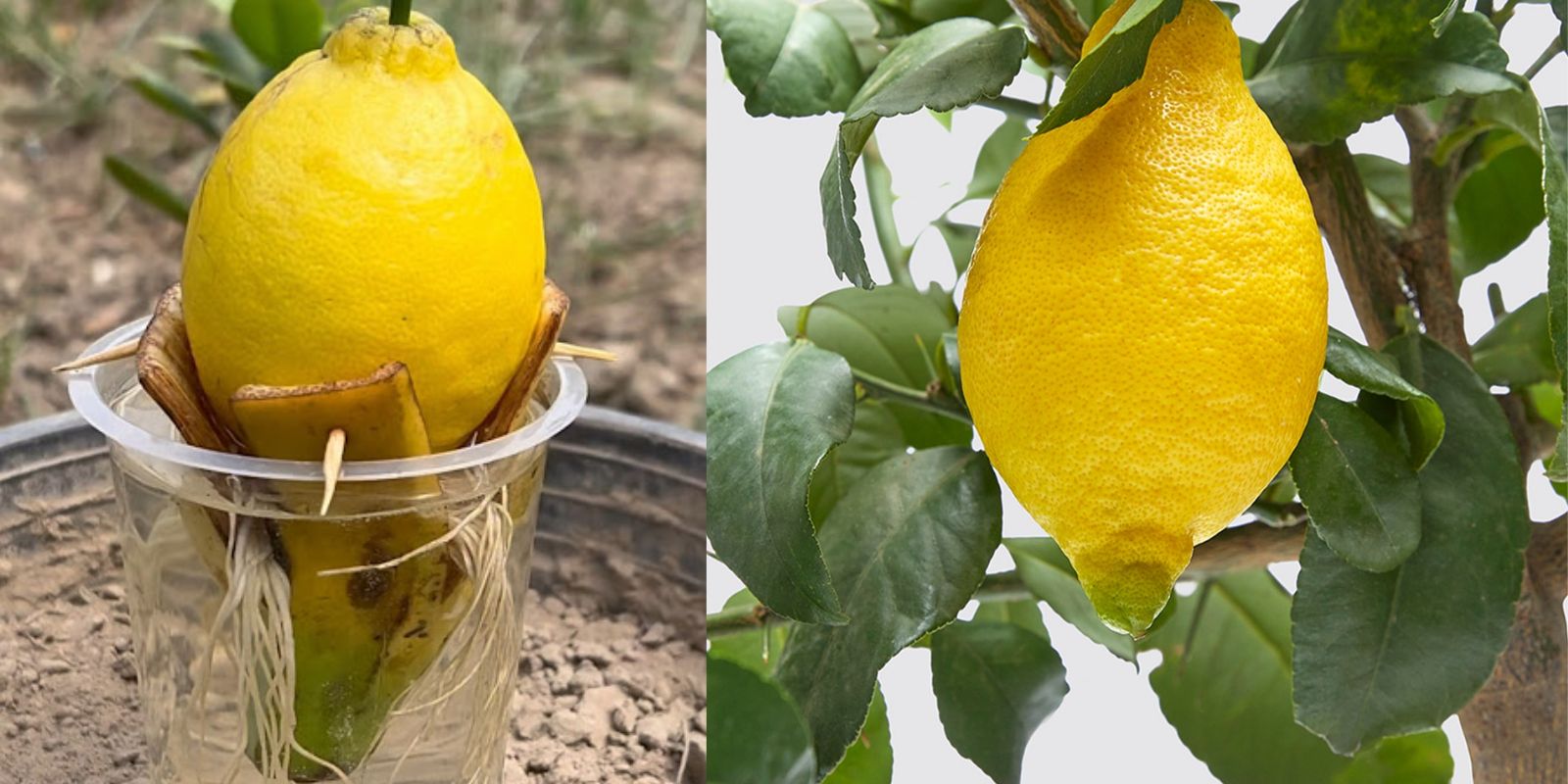Growing lemons can be a rewarding endeavor, adding not only beautiful, aromatic foliage to your garden but also providing you with a fresh supply of tangy fruit. Whether you’re an experienced gardener or a novice looking to add a lemon tree to your collection, understanding the key strategies for growing lemons successfully can make all the difference. This guide will walk you through essential lemon growing tricks to ensure your lemon tree flourishes and produces delicious fruit.
Understanding Lemon Trees
Lemon trees (Citrus limon) thrive in warm climates and are known for their glossy green leaves and vibrant yellow fruit. These trees can be grown in various settings, including backyard gardens and containers. To achieve the best results, you need to understand the needs of lemon trees and how to meet them effectively.
Choosing the Right Lemon Variety
Selecting the right lemon variety for your climate and garden conditions is crucial. There are several popular lemon varieties, each with unique characteristics:
- Eureka Lemons: Known for their classic lemon flavor, Eureka lemons are ideal for most climates and produce fruit year-round.
- Meyer Lemons: Meyer lemons are smaller and sweeter than other varieties, making them perfect for fresh consumption and culinary use. They are also more cold-tolerant.
- Lisbon Lemons: Similar to Eureka lemons but with a more robust flavor, Lisbon lemons are suitable for warmer climates and high yields.
Planting Your Lemon Tree
1. Choosing the Right Location
Lemon trees need plenty of sunlight to thrive. Select a planting site that receives at least 6-8 hours of direct sunlight daily. If you’re growing in a container, ensure the pot is placed in a sunny location where it can soak up the sunlight it needs.
2. Preparing the Soil
Lemon trees prefer well-draining soil with a slightly acidic to neutral pH. A mixture of sandy soil and compost is ideal for good drainage and nutrient provision. Avoid heavy clay soils that can retain too much moisture and lead to root rot.
3. Planting the Tree
- In-Ground Planting: Dig a hole twice as wide and as deep as the root ball of your lemon tree. Place the tree in the hole, ensuring the top of the root ball is level with the soil surface. Backfill with soil and water thoroughly.
- Container Planting: Choose a container with drainage holes and fill it with a well-draining potting mix. Plant the tree at the same depth as it was in its nursery container. Water well and place the container in a sunny location.
Watering and Fertilizing
1. Watering
Lemon trees require consistent moisture to grow well. Water your lemon tree deeply and regularly, especially during dry periods. Allow the top inch of soil to dry out between waterings. Overwatering can lead to root rot, so ensure proper drainage.
2. Fertilizing
Fertilize your lemon tree with a balanced fertilizer or one specifically formulated for citrus trees. Apply the fertilizer every 6-8 weeks during the growing season (spring through summer). Follow the manufacturer’s instructions for application rates to avoid over-fertilizing.
Pruning and Shaping
1. Pruning
Pruning helps maintain the shape of your lemon tree and promotes better airflow. Remove dead or diseased branches and any water sprouts (vigorous, upright shoots) that can crowd the canopy. Prune in early spring before new growth begins.
2. Shaping
Shape your lemon tree to encourage a balanced structure and prevent it from becoming too leggy. Maintain an open center to allow sunlight and air circulation, which helps prevent fungal diseases.
Managing Pests and Diseases
Lemon trees can be susceptible to various pests and diseases. Regular monitoring and early intervention are key to keeping your tree healthy.
1. Common Pests
- Aphids: Small insects that feed on sap, causing leaf distortion. Treat with insecticidal soap or neem oil.
- Scale Insects: Tiny, immobile pests that attach to leaves and stems. Remove them manually or use horticultural oil.
2. Common Diseases
- Citrus Canker: A bacterial infection causing lesions on leaves and fruit. Remove affected parts and apply copper-based fungicides if necessary.
- Powdery Mildew: A fungal disease that causes a white, powdery coating on leaves. Improve air circulation and use fungicides if needed.
Winter Care
In regions with cold winters, protecting your lemon tree from frost is essential:
1. Mulching
Apply a layer of mulch around the base of the tree to insulate the roots and regulate soil temperature. Use organic materials like straw or wood chips.
2. Covering
For in-ground trees, cover the base and lower branches with frost cloths or blankets during freezing temperatures. Container-grown trees can be moved to a sheltered location or indoors during cold spells.
Harvesting and Enjoying Your Lemons
1. Harvesting
Lemons are typically ready for harvest when they turn a bright yellow color. Gently twist or cut the fruit from the tree. Meyer lemons can be harvested slightly before they turn fully yellow, as they will continue to ripen off the tree.
2. Enjoying
Fresh lemons can be used in a variety of culinary applications, from adding zest to dishes to making refreshing lemonade. They can also be preserved by freezing or making lemon preserves.
Conclusion
Growing lemons can be a delightful and fruitful experience with the right care and attention. By following these essential tips—choosing the right variety, providing optimal planting conditions, and maintaining proper care—you can enjoy a bountiful harvest of lemons from your garden. Embrace these lemon growing tricks to create a thriving lemon tree and savor the joys of homegrown citrus!
Motivation: Ready to transform your garden into a lemon paradise? Follow these expert tips and enjoy the satisfaction of growing your own juicy lemons! 🍋🌿 #LemonGrowing #HomeGardenSuccess #GrowYourOwnFruit

